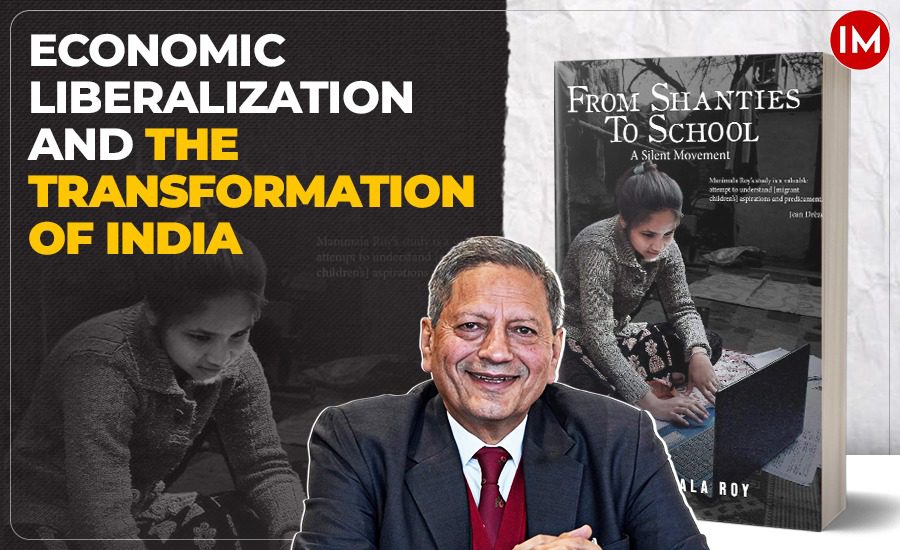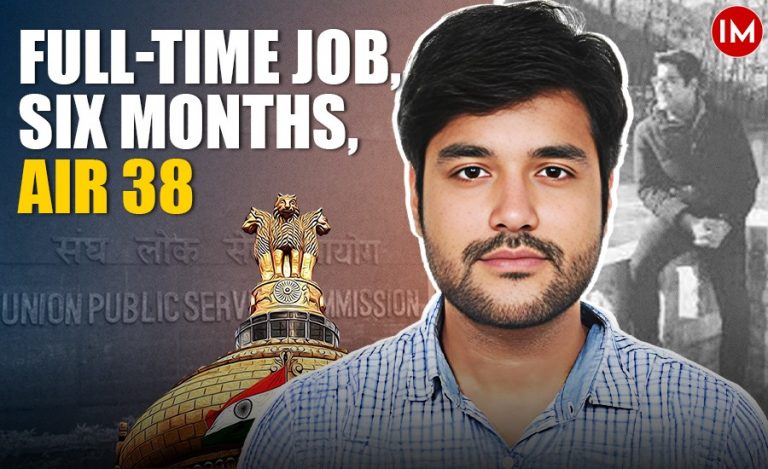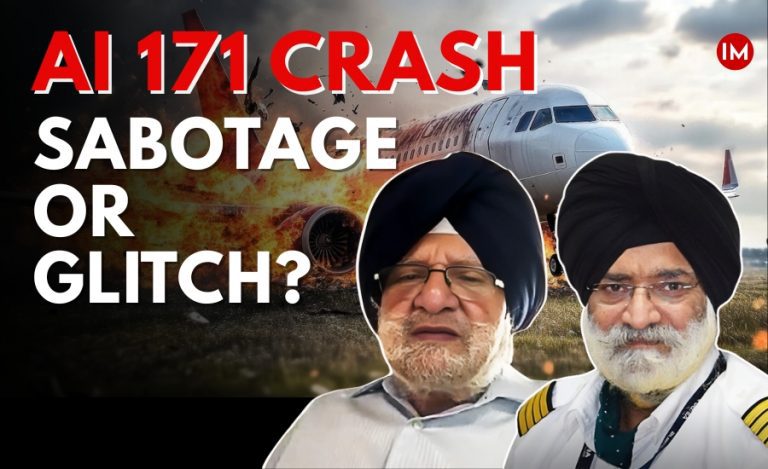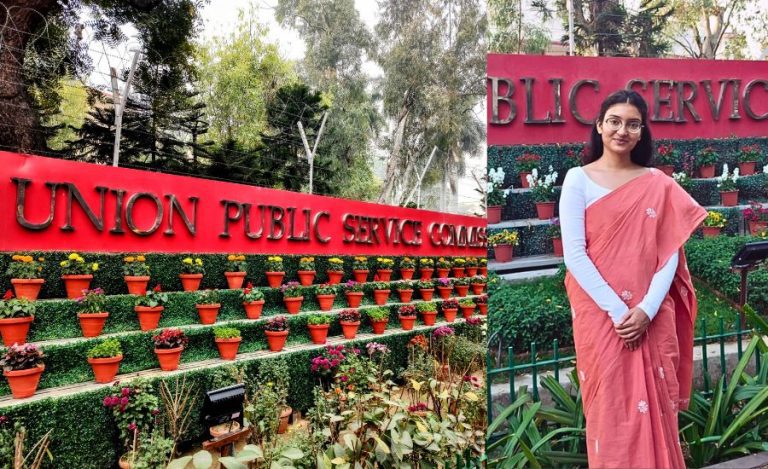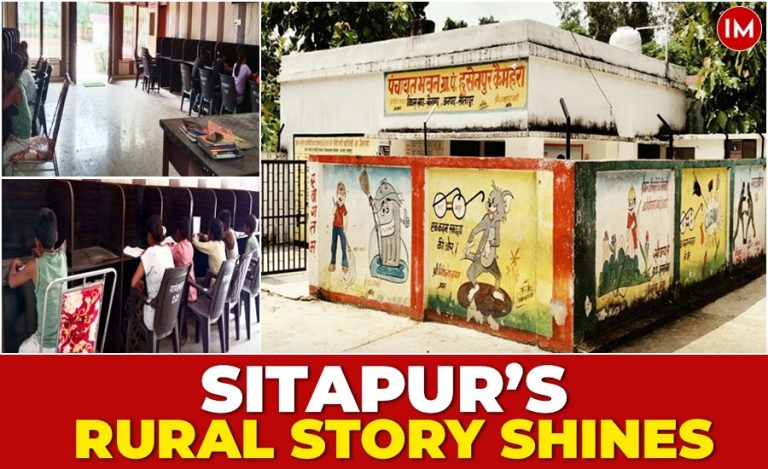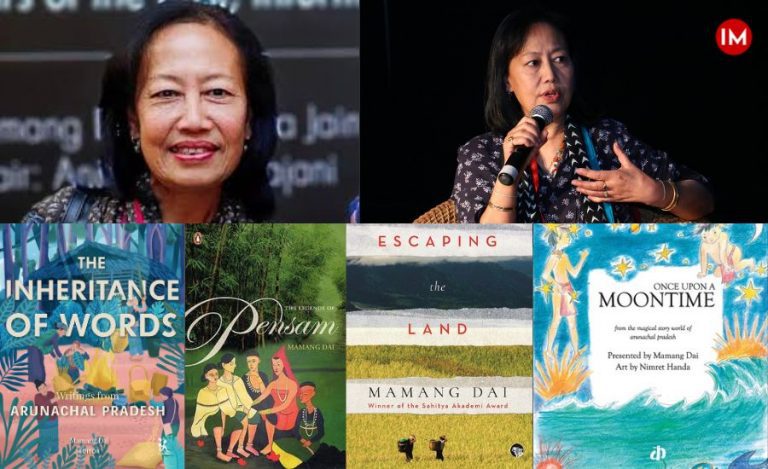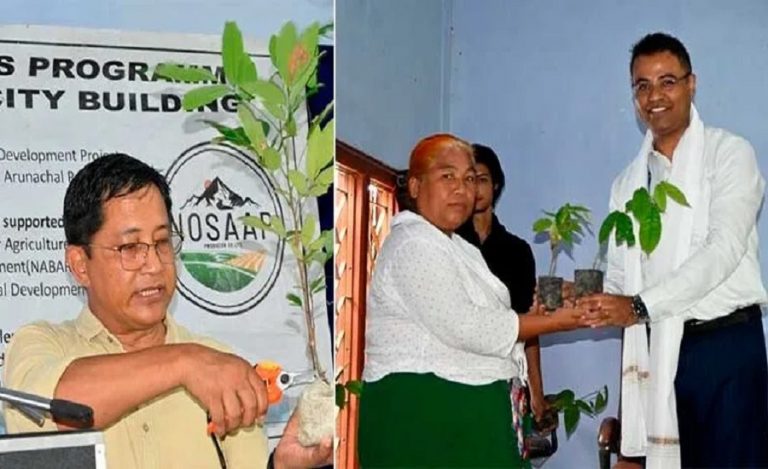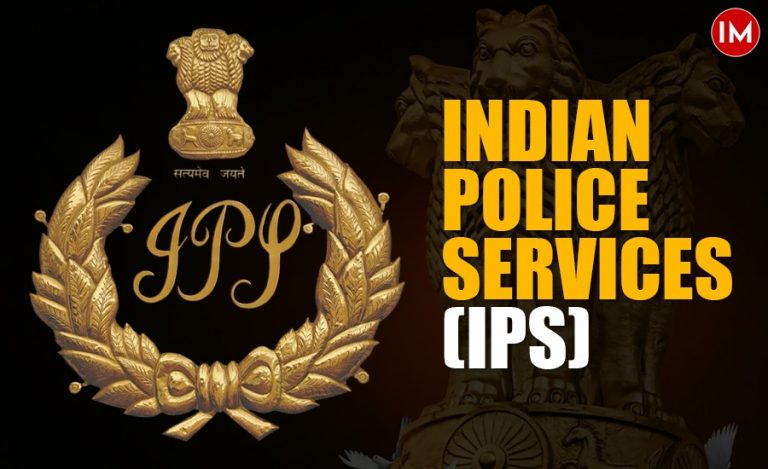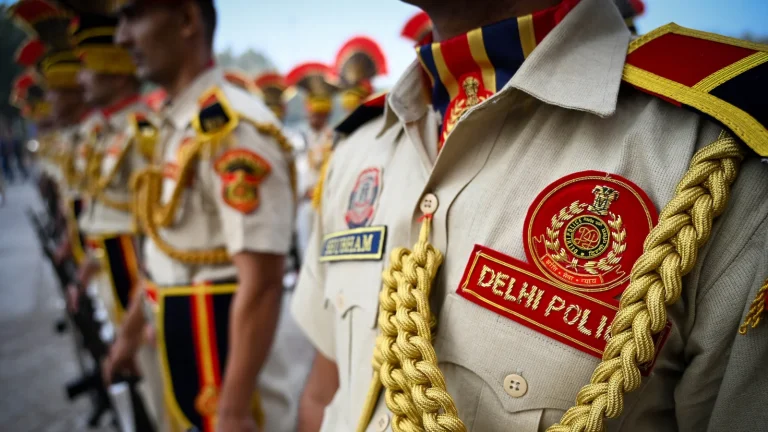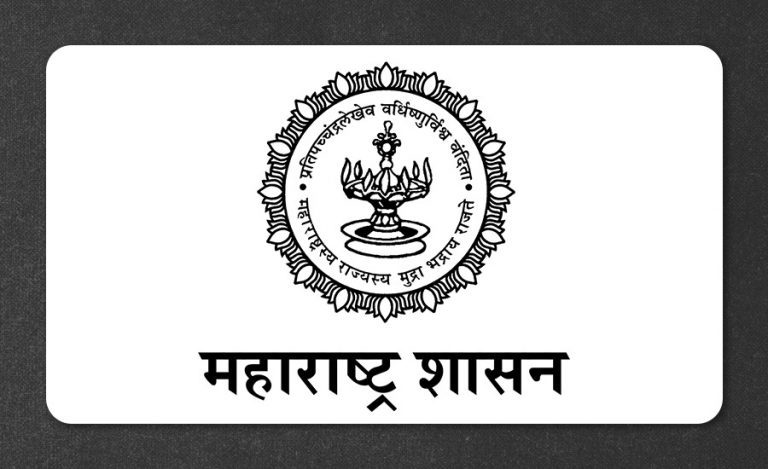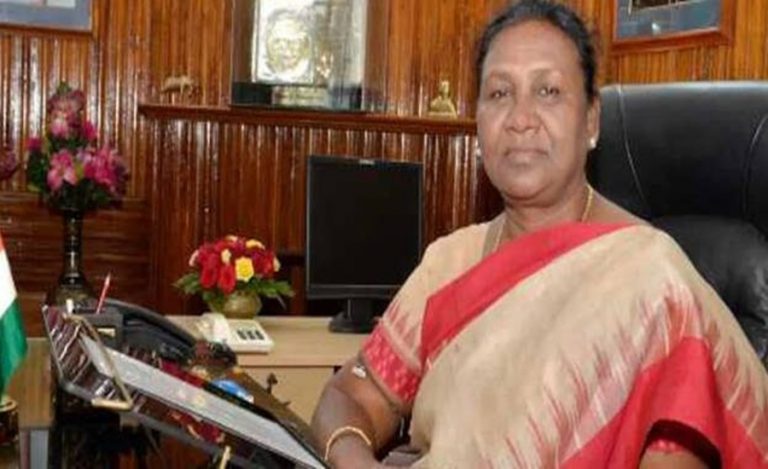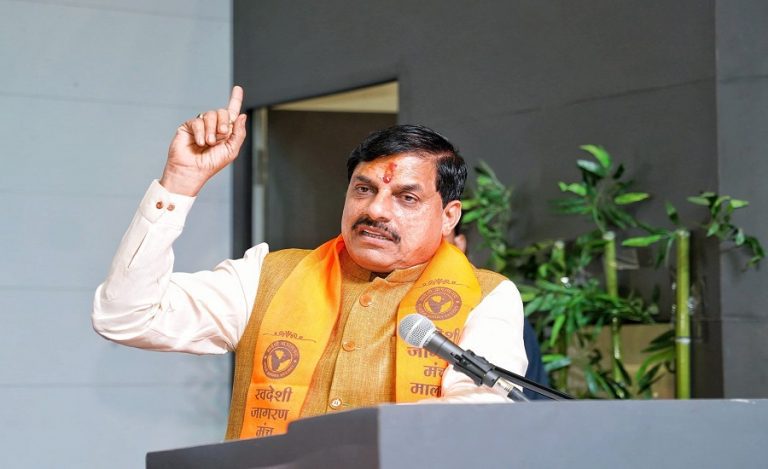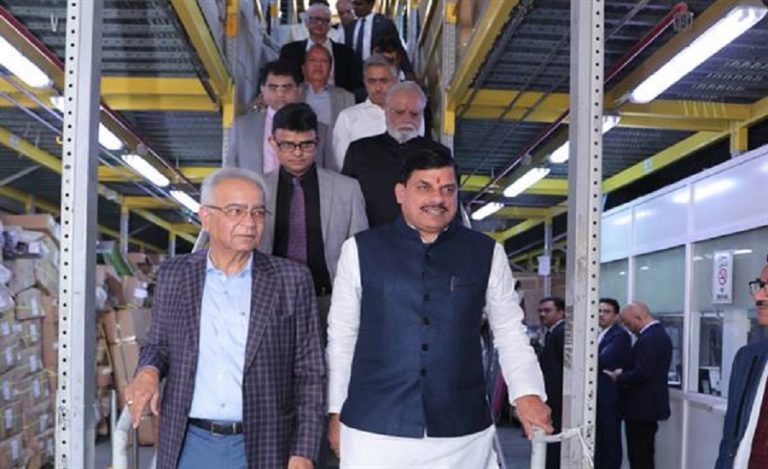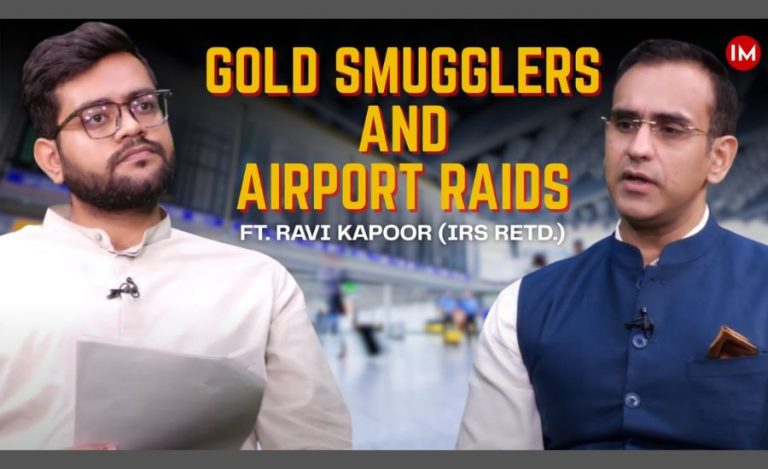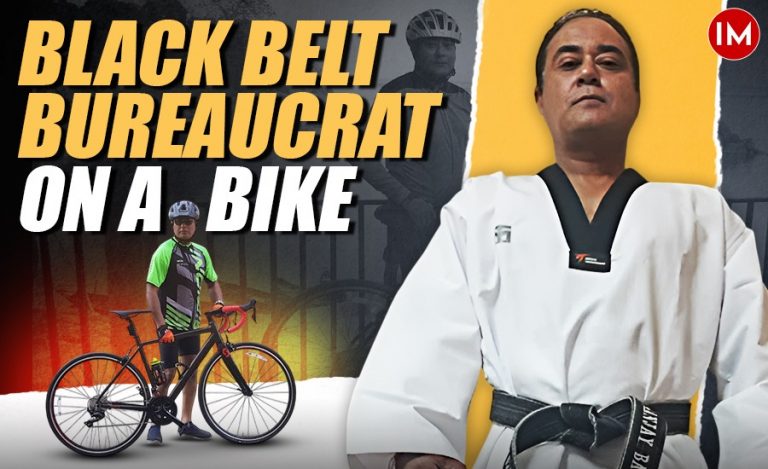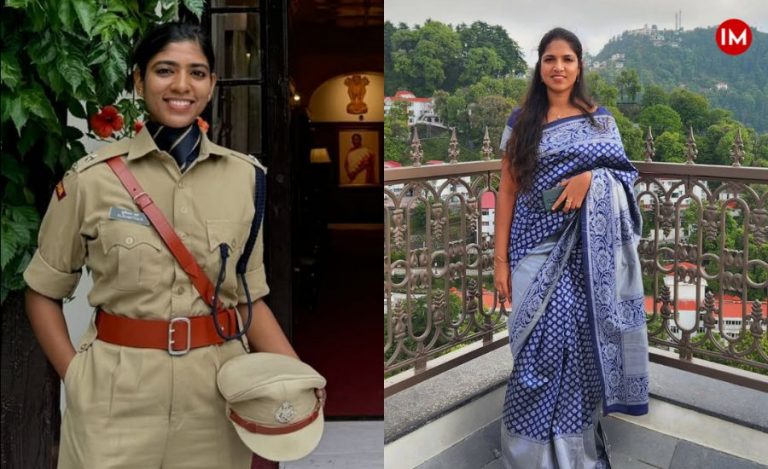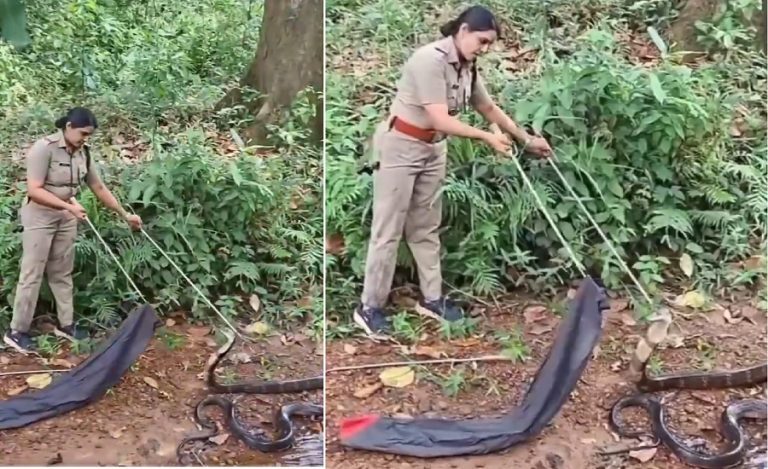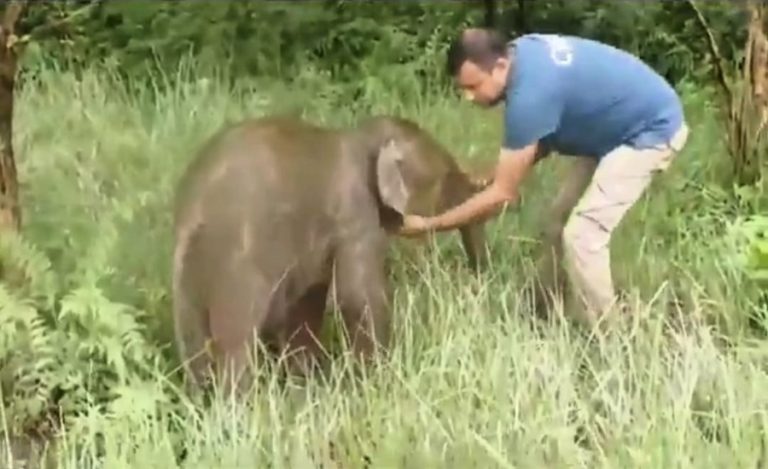When the British left India in 1947, we were an impoverished nation. Our poverty ratio was an abysmal eighty percent, and not more than twelve percent of our people, predominantly upper caste males living in urban centres, had some modicum of literacy. From then to now, there has been a sea change. While governments, denominational institutions, civil society organizations and corporates have made significant contributions to the spread of literacy, the core argument of Manimala Roy’s excellent study From Shanties to Schools: A Silent Movement is that the main driver of this change has been the economic liberalization of 1991.
The Metropolis of Delhi
Taking the metropolis of Delhi as an exemplar, where she has done extensive field work, she argues that the Narasimha Rao – Manmohan Singh led reforms not only generated opportunities and resources for children of migrants living in the Jhuggi-Jhopri (JJ)clusters of Delhi, but also convinced their parents that education was the one and only way out of this morass. Her study of the lives of migrant workers and their children in the shanty towns of Delhi reveals the ‘migrant’ view point about education as the harbinger of social respect, empowerment and employment. Interestingly, as incomes rose, the middle class of Delhi moved their children to private schools, thereby creating the space for children of JJ clusters to enroll in state government, municipal and NDMC schools.
The decade of nineties: micro reality and the global perceptions
At the end of the first decade of liberalisation, I found myself as a Guest scholar at The Brookings Institution in Washington, DC. Stephen Cohen, the profound scholar on the political economies and strategic policies of Indian and Pakistan headed the South Asia desk at this prestigious think tank. These were pre RTI days, when governments held information close to their chests. He asked me to exercise my clout as a (then) serving civil servant to help him collect information from state governments about the Sarva Shikhsa Abhiyan (SSA, Education for All) under the New Policy on Education (NPE) 1992 for his forthcoming book – India: Emerging Power. Earlier in that decade, based on nudges from Jagdish Bhagwati, Jean Dreze and Amartya Sen, the Planning Commission and Ministry of Human Resource Development had adopted the SSA as a ‘nation as a whole’ approach to education. This translated into the Government of India providing additional resources to state governments to ensure that ‘no child was left out of school’, and that adult literacy centres came up within ‘walkable distance’. With Kottayam and Ernakulum districts in Kerala becoming fully literate in 1989, every other District Magistrate in the country started looking upon cent percent enrolment and ‘full literacy’ as achievable milestones.
However, the point that I wish to recall is that one fine morning – probably in June of 2000 – Prof Cohen told me and Gen Jahangir Karamat (an Ex-Army chief of Pakistan, who was also at Brookings as a senior Fellow at the same time) over coffee that finally, India had crossed the hump – more people were now literate, than illiterate. This was certainly not the case with Pakistan, and he inferred – with great prescience that India would leave Pakistan behind in every field – be it economic power, military might, or political stability. This then is the power of education – for nations, communities, families and of course, individuals. He mentioned this Domestic Dimension – the fourth chapter of his book INDIA : Emerging Power.
Education as the Driver for Change
If today, India has indeed emerged as the third largest and the fastest growing economy of the world, substantial part of the credit goes to the passionate commitment of all castes and all classes in the country to provide their next generation with the best quality education they can scout for their wards. Roy has painstakingly studied the lived reality of students, parents and educators of children living in seven JJ clusters – in seven of the eleven revenue districts of Delhi. These range from the absolutely dilapidated ones in Govindpuri to the cleaner and better organized SIM (South Indian Madrasi ) Basti near the Delhi university, and the relatively better off slum behind the NSCI in the NDMC area, each slum has its own demographics, and history, but what unites them all is the commitment of the parents and the children together to transform their lives through education. Another very important finding is that educational and occupational aspirations of migrant children are not gender specific. They receive support from their parents in their quest to improve their lives – and by implication that of their parents.
However, perhaps because of lack of awareness, and absence of opportunities for vocational training in the school system, most students were keen on settling down early to positions in retail, hospitality, nursing, pharma and clerical positions – which is also reflective of the changing character of the city as the hub of services. Delhi offers miniscule opportunities in agriculture, and the base of organized manufacturing is also limited. So in many ways, the choices exercised by the students and their parents collectively are defined by ‘bounded rationality’. However, one thing is certain – the scale and scope that is open to them is far greater than that of the country cousins who are still eking out a paltry existence from the parched fields in their native villages.
But if they are better off than their cousins they have left behind, as first generation learners, they face a challenge from those whose parents have had the benefit of having a settled job in the metropolis. They cannot seek the support of their parents or grandparents, are unable to afford private tuition in the STEM stream, and even if some families have the resources, quality tuition teachers are not available in their immediate vicinity.
The author also draws our attention to the enrolment of children from JJ clusters into public schools as part of the RTE initiative. However, this has had its own share of externalities. Her research findings show that nearly 63% of the students from these clusters had a sense of an inferiority complex in the company of children from wealthier households. They led a kind of a double life – for while uniforms made them look alike – everything else – the gadgets, the mobiles, the social spaces, the lunch boxes, birthday parties and parental profiles – all aggravated the sense of deprivation. Schools had not given adequate attention to this very important aspect, and this was proving to be traumatic for impressionable young minds.
In fine, this is a book which must be read not just by educators and policy professionals, but by all those who believe, in the words of Antoine de Saint-Exupéry, the author of Little Prince, ‘as for the future, your task is not to foresee it but to enable it’. Manimala Roy has taken the first step in this direction. Let us follow her example to contribute in whatever way we can to create a more equitable India with education as the principal driver of change.
ABOUT THE AUTHOR
Dr Sanjeev Chopra, is a 1985-batch IAS Officer of West Bengal cadre. He retired from the service on March 31, 2021 as Director, Lal Bahadur Shastri National Academy of Administration (LBSNAA), Mussoorie.

